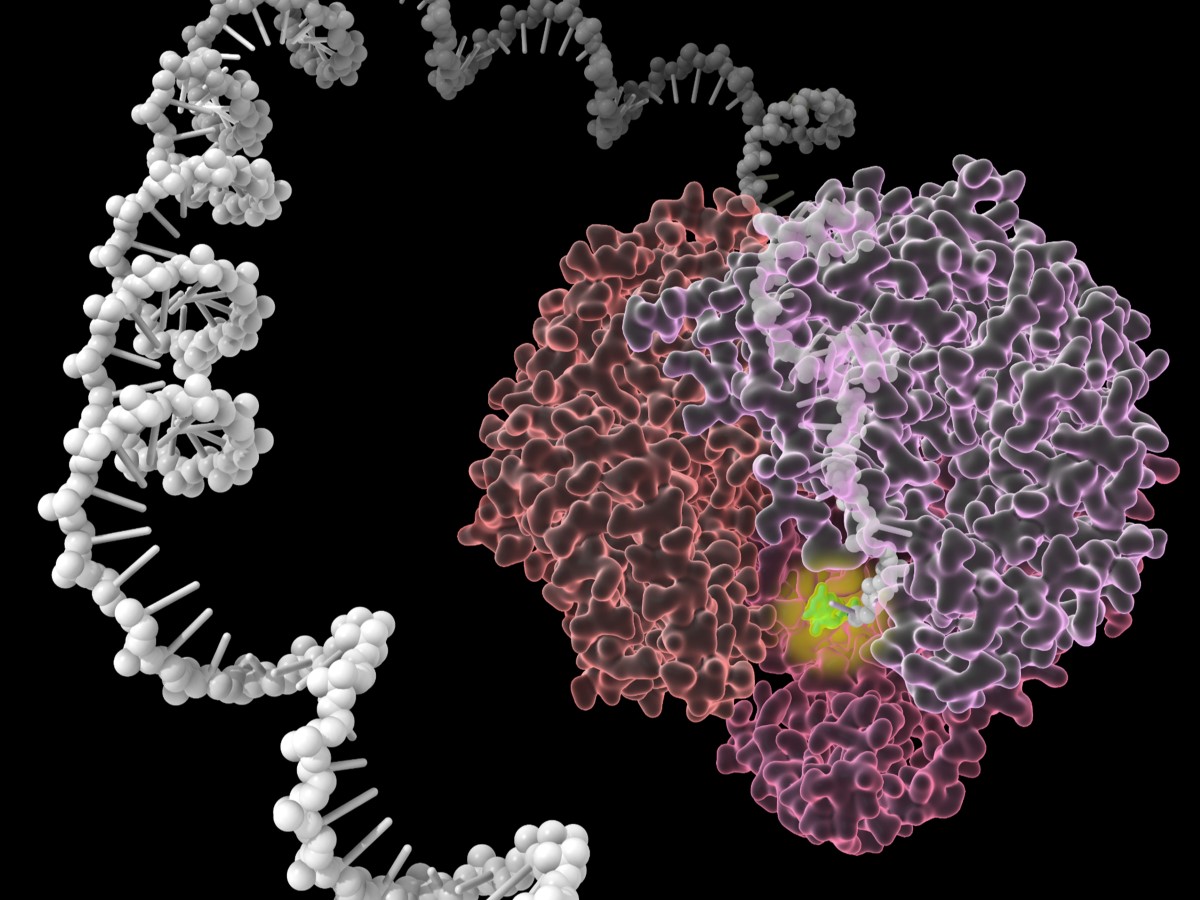This Enzyme Plays a Key Role in Protecting Cells from Aging and Disease

Oxidative stress – a condition that is linked to sources like air pollutants and cigarette smoke – can damage organs and contribute to various diseases and accelerated aging.
A collaborative team led by researchers from The University of Texas at Austin has discovered important information about an enzyme that can protect cells from oxidative stress. One of the major targets of oxidative stress is RNA, the molecule responsible for transmitting genetic information and regulating cellular processes.
The study reveals that polynucleotide phosphorylase (PNPase), an enzyme responsible for degrading RNA transcripts, plays a crucial role in maintaining RNA integrity under oxidative stress conditions. PNPase has been shown to preferentially recognize oxidized RNA, and this study sheds light on how oxidized RNA is recognized by the enzyme.

Lydia Contreras, professor in the Cockrell School of Engineering’s McKetta Department of Chemical Engineering
“Our findings highlight some of the remarkable molecular mechanisms that PNPase uses to protect cells from oxidative damage by interacting specifically with oxidized RNA,” said Lydia Contreras, professor in the McKetta Department of Chemical Engineering and one of the study’s lead authors. “This enzyme acts as a guardian, ensuring the integrity of RNA and maintaining cellular function even in the presence of oxidative stress.”
The study, published in the Proceedings of the National Academy of Sciences, sheds new light on how PNPase recognizes oxidized RNA. The findings have potential implications for various fields, including aging research, disease prevention and therapeutic development.
The team includes researchers from UT Austin, Texas A&M University and the University of Colorado Denver.
The research team used advanced techniques, including cryo-electron microscopy and RNA degradation analysis, to investigate the structure and function of PNPase in the context of oxidized RNA processing. They discovered that PNPase stalls its degradation activity on oxidized guanine in RNA, and those regions of the protein involved in its activity interact with this base. These findings provide a deeper understanding of the enzyme’s mechanism of action in the context of RNA oxidation.
Furthermore, the study explored the effects of specific mutations in PNPase on its activity. By analyzing different PNPase variants for degradation activity and impacts on cell survival, the researchers gained insights into the enzyme’s activity and its ability to stall at sites of oxidized guanine nucleotides.
“By unraveling the role of PNPase in oxidized RNA degradation, we open up new avenues for developing strategies to combat oxidative stress-related diseases,” said Y. Jessie Zhang, one of the study’s lead authors and a professor in the Department of Molecular Biosciences in UT’s College of Natural Sciences.
Additional researchers on the team include Lucas G. Miller, Wantae Kim, Kathleen Taylor, Runhua Han and Mark Sherman of the McKetta Department of Chemical Engineering; Andrew Ellington and Janssen Fang of the Department of Molecular Biosciences at UT; Shawn Schowe Vashita Jain, Haydee Ramirez, Marino J. E. Resendiz of University of Colorado Denver’s Department of Chemistry; and Raeyeon Park and Phanourios Tamamis of Texas A&M’s Artie McFerrin Department of Chemical Engineering.
